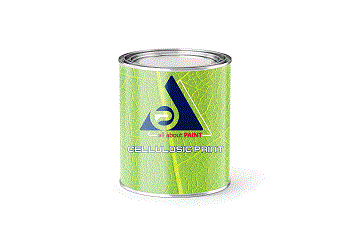How Often Should You Wax Your Car?

How Often Should You Wax Your Car?
our vehicles. Unfortunately, we can not prevent these particles from attacking our car. But, we can ensure our car’s regular cleaning and waxing to stop these contaminants from permanently housing our car’s exterior.
Therefore, whether it is bad weather affecting our car’s gleaming paint job or road grime making it dirty, we have to assure that we regularly clean it with high-quality car wash and detailing products. Timely wash and wax are essential for your vehicle as they will prevent premature damage to the car’s exterior and parts.
Besides these benefits, the high-quality wax also adds a protective layer over the car’s clear coat protecting it from most pollutants. Below we discuss how often you should wax your vehicle and what factors determine if your car needs waxing.
When To Wax Your Car
Let’s start with the necessary know-how about when to wax your car:
- You should apply wax to your old or new vehicle at least twice a year. Once in spring, before the temperature gets hot, and once before winter to protect it from rain, snow, smut, salt, and hail.
- For further protection against harmful pollutants, we recommend waxing your car four times a year.
- Get into the routine of waxing your vehicle because if you don’t do it regularly enough, it will be left open to cosmetic damage, fading paint, and corrosion, affecting your car’s lifespan and its resale value.
How To Tell If Your Car Needs Waxing
Car wax products play a crucial role in maintaining your car’s brightness and glossiness. Deciding whether your vehicle needs re-waxing can be tricky, as the protective layer fades away gradually and shine reduces so slowly that it becomes invisible to the naked eye.
However, there are some key factors and tell-tale signs that can help you decide if your car needs waxing. Some of these factors are as follows:
Water droplets
Water droplets are an easy way to tell if your car needs waxing. A freshly waxed car has low adhesive forces with water, so water cannot wet the vehicle and instead forms water beads or droplets on its surface. However, when sprayed on the vehicle, if water does not create nice beads, it probably needs waxing again, and the previous wax has faded.
Environment
The environment is a crucial factor to consider when deciding whether to re-wax your car. For example, if you frequently park your car under a tree or in open space or live near a coast, then you’d need to keep the vehicle’s wax topped up to protect it from tree sap, ultraviolet rays, and salt, respectively.
Moreover, if your car is constantly being exposed to harsh weather or stays in open spaces more than in garages or indoor areas, then you’d probably need to wax your vehicle every three months.
Season
Season also plays an essential role in determining the frequency of car wax. For example, the summer months give the wax a longer lifespan as the weather is mostly warm with less rain. Contrarily, the winter’s harsh weather may cause you to wax your car more often. Road grime, salt, and snow will degrade your protective layer of wax at a much faster rate, and you may have to re-apply the wax every month to enjoy driving your bright and shiny car.
Age
The age of your car and how well you’ve maintained it over the years will also determine how often you will need to wax your car. A new car won’t need to be waxed as often as an old one. Moreover, if your old car has started to look dingy and scratchy, then you will need to wax it regularly to restore its original condition.

.png)
.png)
.png)
.png)




